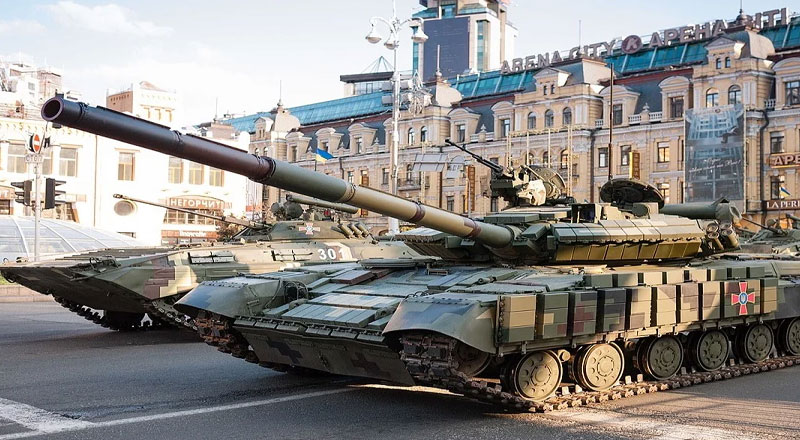Ukraine will receive a fresh batch of new and highly capable Unmanned Aerial Vehicles (UAV) as a part of the latest security aid worth $2 billion. Of the current tranche, two UAV systems stand out for their technical novelty and sophistication – the JUMP 20 vertical take-off landing (VTOL) UAV and Switchblade 600 loitering munitions.
They are two of the platforms assessed to be a massive boost in surveillance and long-range precision strike capabilities. Together, they add significant tactical battlefield enhancement to Ukrainian forces as the war enters its final stage and most decisive phase.
With Western main battle tanks like the M1A2 Abrams (United States), Challenger-2 (United Kingdom), and the Leopard-2 (Germany) headed to Ukraine, the systems might very well be used in conjunction with them to affect the maximum impact on Russian armour.
The delivery is part of a $2 billion US military aid package announced on February 24 and is being executed under the Ukraine Security Assistance Initiative (USAI), which provides funds to make direct purchases for Ukraine.
The Switchblade 600 by AeroVironment is a further advancement of the Switchblade 300 loitering munition that Ukraine had directly acquired from US military stocks. The man-portable tube-launched kamikaze drones had become the most popular weapon of the war during the initial months, taking out Russian armour and heavy vehicles.
The Switchblade 600 has a range of at least 40 kilometres (25 miles) and an endurance of around 40 minutes that goes up to one hour or above, depending on its exact flight profile. The Switchblade 300 can only reach targets around 10 kilometres away and stay in the air for not more than 15 minutes. The 600’s beyond-the-line-of-sight capability and longer endurance allow it to fly deeper into enemy lines and hit tanks concealed in the rear.
The North Atlantic Treaty Organization (NATO) and Ukraine are well aware of the clear Russian superiority in ground and air forces and that the western tanks could, at most, hold off and delay the Russian advance in Ukraine’s east and south. Conceivably impossible to completely roll back the Russian gains, it can be safely assumed that the US and Ukraine might hastily develop tactics to use the drones and the tanks in coordination. The goal is to score significant tactical victories, inflicting severe material losses and some territorial gains to allow Ukraine some negotiating leverage in future talks with Russia.
However, a section of military observers has long doubted the scale of proficiency Ukrainian tankmen might achieve on vastly different complex Western weapons like tanks, tactics, and battlefield philosophies in a short period. The Armed Forces of Ukraine (AFU) are replicas of their Soviet and Russian militaries in legacy, equipment, and structure.
Even if the Switchblade 600 or the JUMP20 integrate with Ukraine-operated Western tanks, Kyiv still lags in the massive fixed and rotary-wing inventory that backs Russian armor. Any deficiency Russia has in diversity and numbers in kamikaze drones can always be made up by effectively exploiting its anti-armor operations with Ka-52N Alligator, Mi-28N Havoc attack helicopters, and the tank-killing Marker UGVs.





